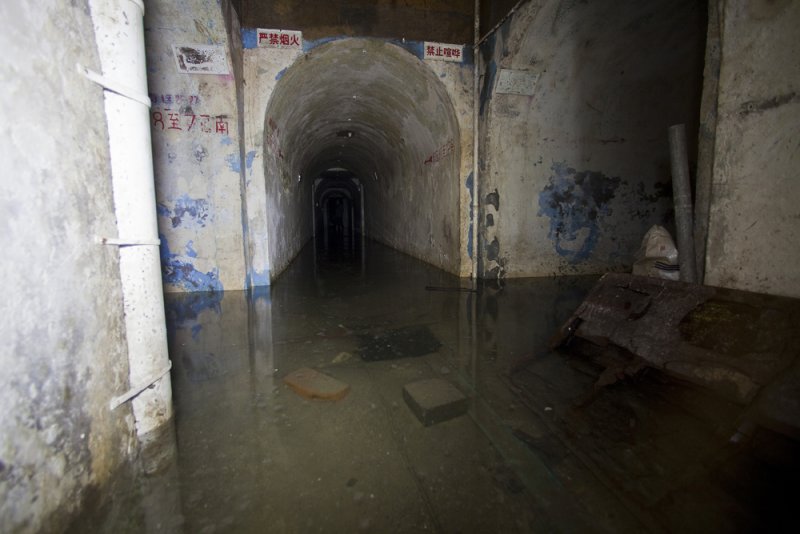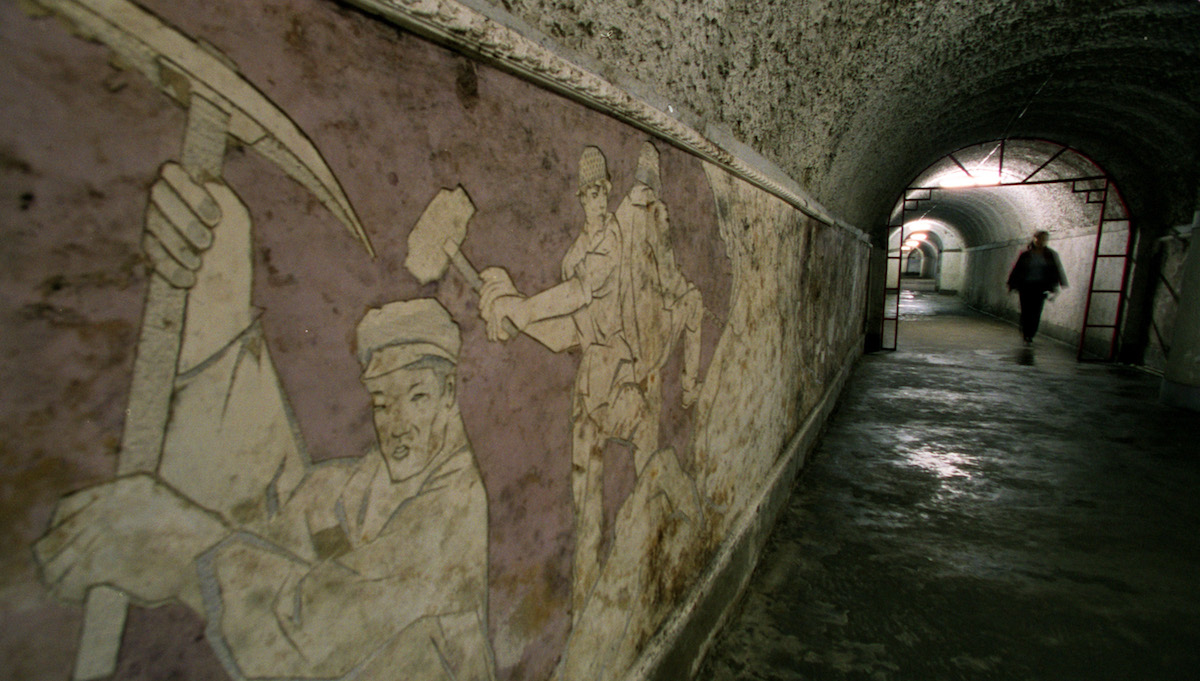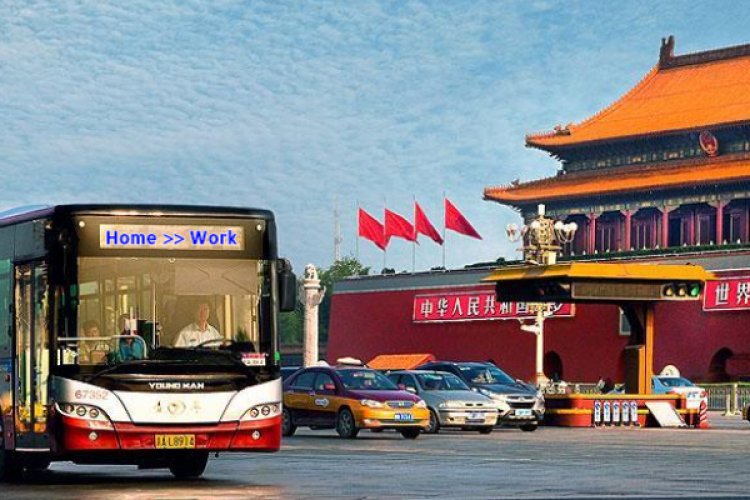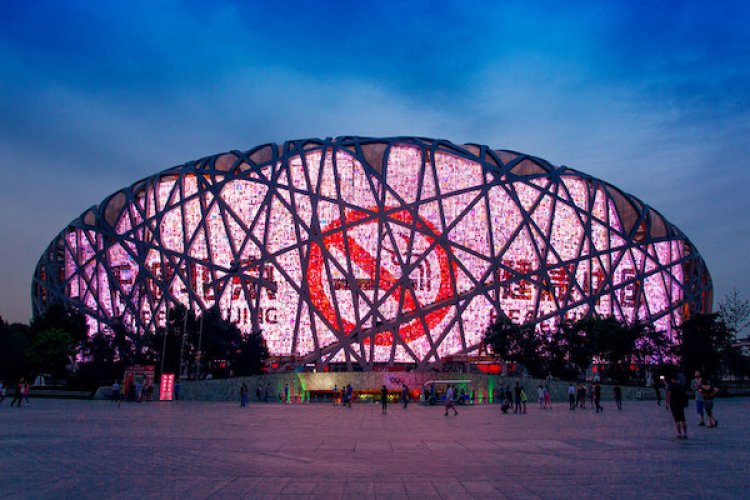Throwback Thursday: Last Secret Peeks into the Mysterious Beijing Underground City
Throwback Thursday takes a look back into Beijing's past, using our nine-year-strong blog archives as the source for a glance at the weird and wonderful of yesteryear.
This Thursday, we look way back into the end of the '70s. While the Beijinger blog was not yet a part of city life back then, our historical records and community of travelers sharing their stories online provide a portal back to a time before the internet. With the rave reviews of Stranger Things' second season and other spine-chilling stuff on the rise, we bring late autumn scares back for one final swan song before we commit fully to winter. Craving a healthy dose of the creeps is something you never truly lose.
Well, here's one: long, long ago, in 1969, the tension on the Sino-Soviet border had been heating up and Beijing started fearing possible attacks from the Russian side. So they turned to the most natural diplomatic solution – a nuclear-proof underground city. Tunnels, in general, tend to be creepy locales, but Beijing cranks it up a notch with abandoned tunnels.

Important notice on the site: the tunnels have been closed to the public since the 2008 Olympics due to renovations and safety issues and are quite unlikely to reopen anytime soon. Doesn't hurt to hope though. Even while open, Chinese citizens have reportedly not been able to enter the premises and tours were only taking in foreigners. While the last pictures published in 2008 indicate that someone was most definitely living in the already closed tunnels, the Beijinger would never advocate breaking into the closed sites for your own safety. However, the team over at Vice have mentioned they managed to pull some strings and bribe a few locals to gain access to the premises.
Digging through the archives from travel sites and guidebooks, it becomes clear that a guide or a tour group would have to accompany you on your visit to the site. Can't even argue with that, simply imagining how creepy it must be navigating your way through damp and cold tunnels on your own, and wondering how many lonely adventurers never emerged back from the underground, embracing their new-found lifestyle.

All joking aside, the Beijing Underground City (地下城 dìxià chéng) winds under the wide streets and hutongs for more than 85 square kilometers. At the time of building, it had more than 90 secret entrances around the city and has reportedly been hand-dug by local residents and would have been able to house about 300,000 people for four months. Some materials from the ancient city gates have been said to have been recycled and used for the construction of the tunnels. The massive construction has never actually been used for its purpose and with renovations sweeping the city and demolitions crowning hutongs, it is feared that the buildings with secret entrances have been demolished and the walls previously hiding luminescent maps of the Underground City also lost to dust.
The biggest fascination for the Underground City is sparked by the possibility to peek into the place stuck in time, with some of the old propaganda posters and slogans still remaining on the concrete walls. In a time when Chinese authorities are swift to remove leftovers of days past in a mission to modernize the country (think Cultural Revolution and then the more recent Great Brickening) or restore rather than preserve, the Underground City remains quite a unique site for original material.

As yet another monument to the 'restore or abandon' system, a large part of the Underground City is reportedly currently under a layer of water and rubbish, while some of the parts with wider tunnels (mostly around Tian'anmen Square) remain untouched. While we often can't help but wonder why a construction as curious as this would not be used for tourist masses to create an even more mysterious picture of Beijing, it is also quite easy to assume that getting it prepared for the public in a way that authorities would like (let's admit it, China likes to show off its pretty side, and semi-flooded tunnels do not qualify), might require a significant amount of funding.
With the spirit of urban (or rural) exploration awakened, why not scan through other abandoned spots in Beijing to satisfy your sense of adventure.
More by the author here.
Sources: CNN, How Stuff Works, Kit Gillet
Images: Kit Gillet, Getty Images







